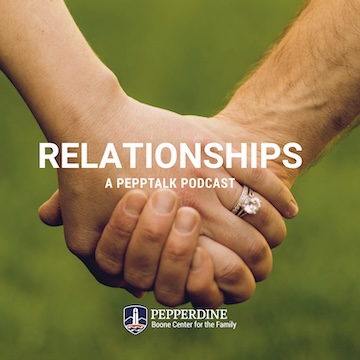
Welcome to Community
Community is a hub where Pepperdine University faculty, staff, and students across six schools can access resources and learn about the latest announcements, news, and events. Get started by selecting your school below.
Latest University Announcements
Aug 11, 2025
Closing out PeppTalk's relationships series, hosts Alexa Borstad and Coby Dolloff explore the one relationship that shapes all the others—our relationship with God.

Aug 07, 2025
Pepperdine is pleased to announce the successful completion of the WSCUC accreditation Special Visit in spring 2025, which culminated in the receipt of the final Commission Action Letter.

Aug 04, 2025
This Wednesday, August 6, 2025, faculty and staff are encouraged to attend the August 2025 President's Briefing to connect and engage in meaningful dialogue with colleagues as well as learn important updates happening around the University.

Aug 04, 2025
The Pepperdine University Board of Regents has unanimously voted to extend by five years the term of President Jim Gash two years before his current contract was set to expire.

Jul 31, 2025
Hosts Alexa Borstad and Coby Dolloff are joined by professor Jennifer Smith to discuss how Pepperdine is cultivating academic freedom within a distinctly faith-based environment.

Upcoming Events
Monday
Aug 11, 2025
- 8:00 AM Fall New Student Orientation
Thursday
Aug 14, 2025
- 5:45 PM New Student Mugging
Saturday
Aug 16, 2025
- 2:00 PM Women's Volleyball Alumni Game
Sunday
Aug 17, 2025
- 10:15 AM Worship with the University Church of Christ
- 12:00 PM Women's Soccer vs. Hawaii
- 5:00 PM Waves Church Worship Service


